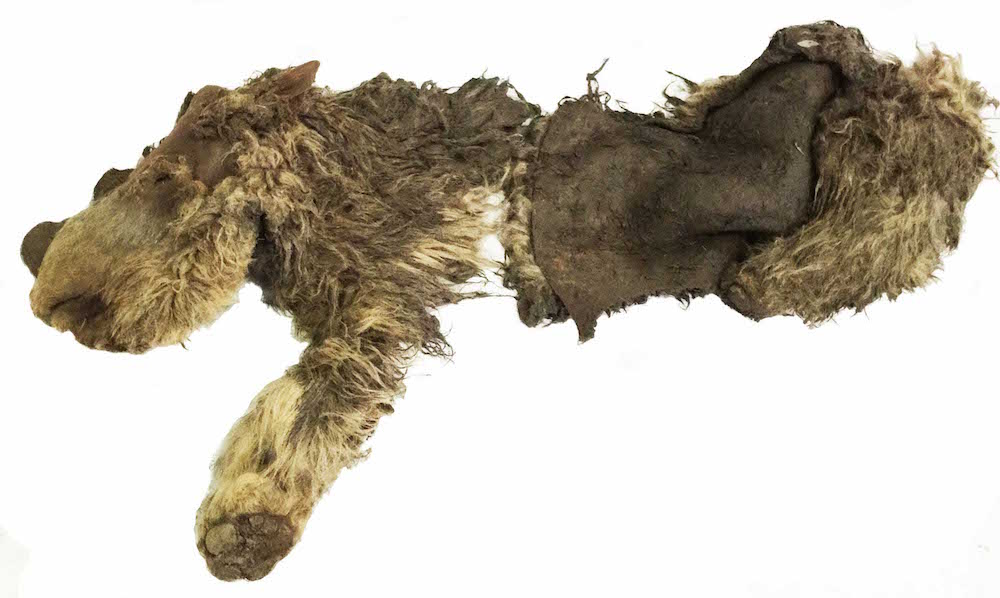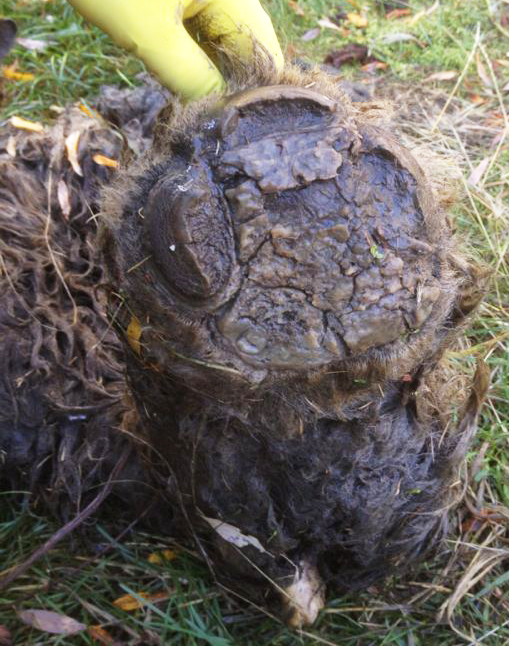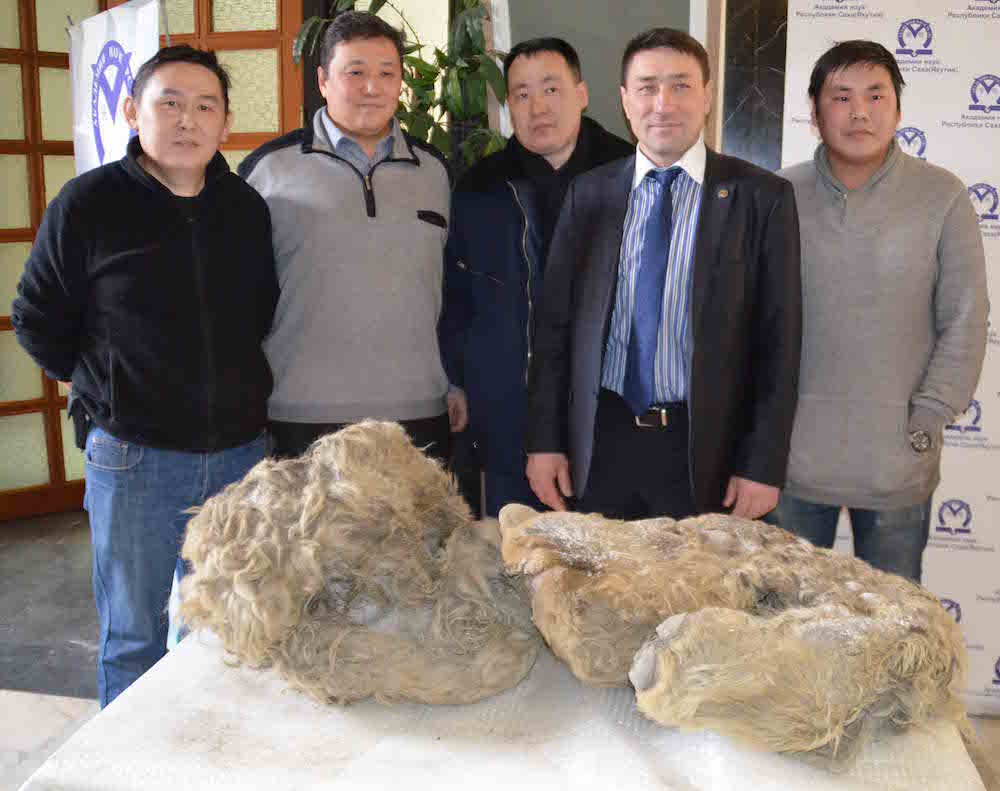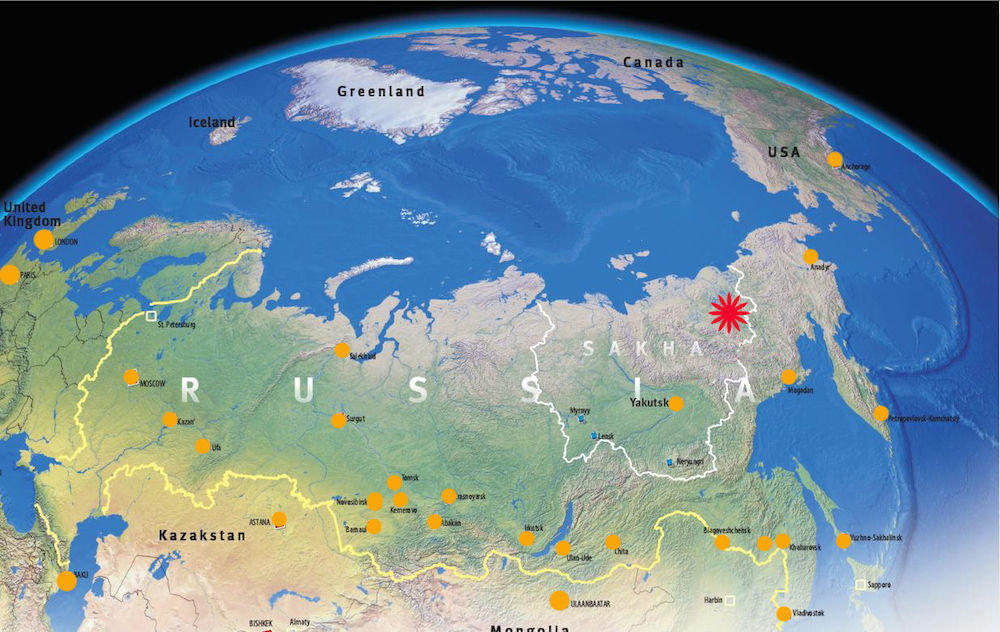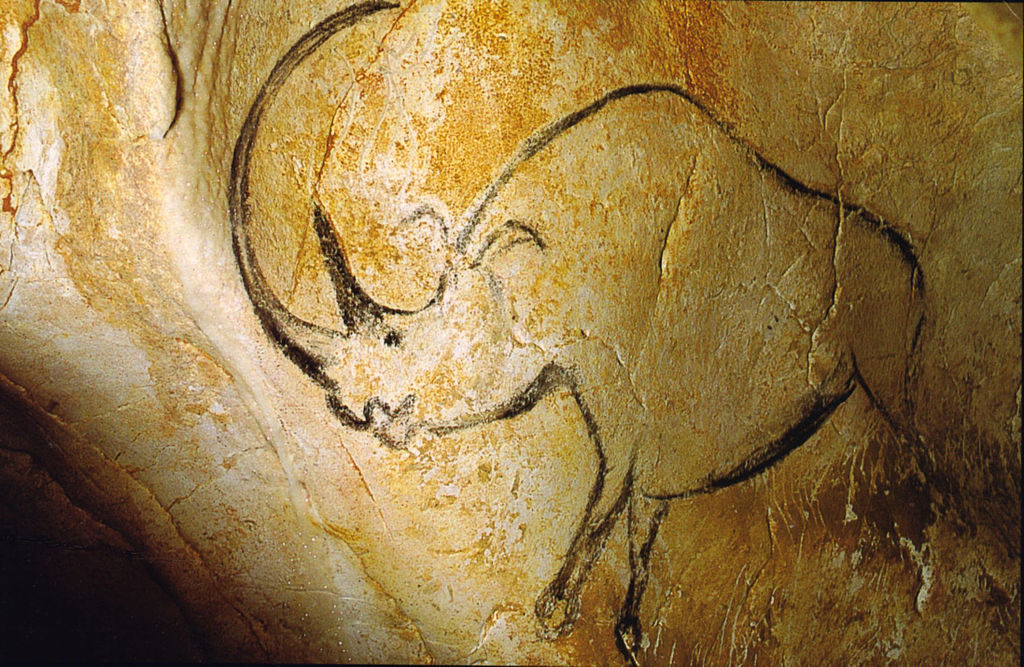'Sasha': Photos of an Extinct Woolly Rhino Baby
A hunter and businessman stumbled across a rare find in a frozen riverbank in Siberia: The remarkably complete remains of a baby woolly rhino. Nicknamed Sasha, after its discoverer, the specimen is one of just a handful of its species that have been found since the 18th century, researchers say. The creature was donated to the Yakutian Academy of Sciences in Russia, where scientists are trying to extract its DNA in order to place it in a family tree of its closest relatives. Here are some photos of the rhino, where it was found, and the team that is studying it. [Read full story about the baby woolly rhino]
Sasha's body
The frozen woolly rhino calf is about 1.5 meters long (4.9 feet) and 0.8 meters high (2.6 feet), researchers said. Woolly rhinoceroses (Coelodonta antiquitatis) lived in Eurasia during the Pleistocene epoch, which lasted from 2.59 million to 11,700 years ago. (Image Credit: Yakutian Academy of Sciences)
Sasha's head
The newly discovered animal was covered in thick hair, and had two fist-size horns tightly attached to its skull, researchers said. (Image Credit: Alexander Benderov)
Sasha's feet
Researchers don't know whether the calf was a male or a female, but it was probably between three and four years old when it died. (Image Credit: Alexander Benderov)
Get the world’s most fascinating discoveries delivered straight to your inbox.
Presentation to Researchers
Sasha the woolly rhino mummy was presented to members of the Yakutian Academy of Sciences (from left: researchers Valery Plotnikov and Albert Protopopov; local hunters Semen Ivanov and Alexander Banderov; and researcher Aisen Klimovskii). (Image Credit: Yakutian Academy of Sciences)
Location of find
The specimen was found in the bank of a stream flowing into the Semyulyakh River in Siberia's Sakha Republic. (Image Credit: Olga Potapova)
Paleolithic cave art
Woolly rhinos were depicted in Late Paleolithic cave paintings in western Europe, which add to scientists' knowledge of what the animals looked like. (Image Credit: Bloody-libu | Public Domain)
Editor's Note: This article was updated at 2:48 p.m. ET March 11, to correct the spelling of one of the researcher's names.
Follow Tanya Lewis on Twitter. Follow us @livescience, Facebook & Google+.



